I'm trying to implement the Miller's Weil Pairing algorithm but I have a problem.
I used the book "An introduction to mathematical cryptography" by Hoffstein, Pipher and Silverman and tried my implementation with the example given in the book :
I obtain the same response so the computations should be good but I have a problem choosing a random point S. In the book, it is stated that we must choose a point S not in {O,P,-Q,P-Q}.
But with this equation :


I try to compute e(P,Q) with P = (1,5) and Q = (12,2) of order 9 but there is always an error at one moment because the result of the Miller's function is 0/0. -Q = (12,11) and P-Q = (9,6) so I tried with all the others points and it does not work with points of the same order which is normal. (9,6) and (9,7) are the only ones that have a different order : 3. As (9,6) cannot be chosen I took (9,7) but I still get some 0 that create problems.
Can someone tell me what I did wrong or what I didn't understood ?
Thank you
Here is the code :
def g(p, q, r, curve):
modulo = curve.p
if p.x is None and p.y is None:
return (r.x - q.x) % modulo
if q.x is None and q.y is None:
return (r.x - p.x) % modulo
if p != q and p.x == q.x:
return (r.x - p.x) % modulo
l = slope(p, q, curve)
num = (r.y - p.y - l*(r.x - p.x)) % modulo
denom = (r.x + p.x + q.x - l**2) % modulo
return (num * mult_inverse(denom, modulo)) % modulo
def miller_algorithm(p, q, m, curve):
f = 1
t = copy(p)
n = list(bin(m)[2:])
for i in range(1,len(n)):
f = (f**2) * g(t, t, q, curve)
t = t.double_and_add(2)
if n[i] == '1':
f = f * g(t, p, q, curve)
t = t.add(p)
return f % curve.p
def weil_pairing(p, q, curve):
if p == q or (p.x is None and p.y is None) or (q.x is None and q.y is None):
return 1
m = q.order()
s = curve.random_point()
while s == p or s == q.neg() or s == (p.sub(q)) or s.order() == m:
s = curve.random_point()
fpnum = miller_algorithm(p, q.add(s), m, curve)
fpdenom = miller_algorithm(p, s, m, curve)
fqnum = miller_algorithm(q, p.sub(s), m, curve)
fqdenom = miller_algorithm(q, s.neg(), m, curve)
modulo = curve.p
num = (fpnum * mult_inverse(fpdenom, modulo)) % modulo
denom = (fqnum * mult_inverse(fqdenom, modulo)) % modulo
return (num * mult_inverse(denom, modulo)) % modulo
